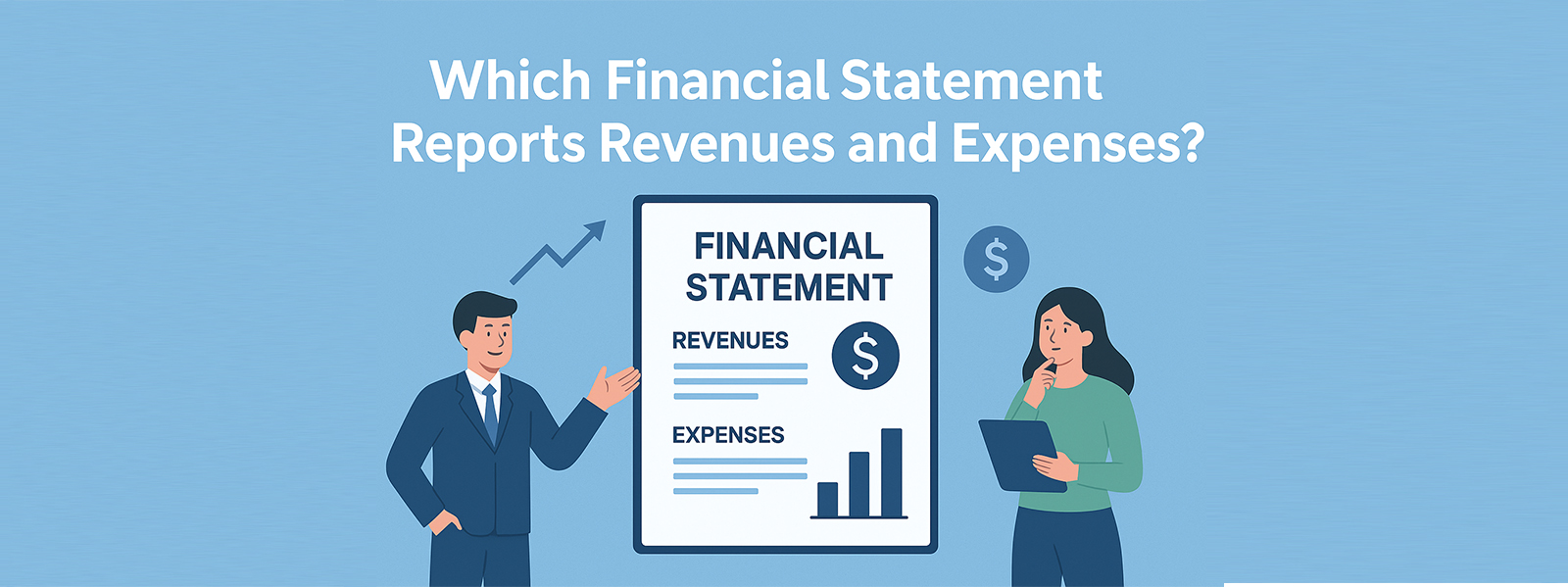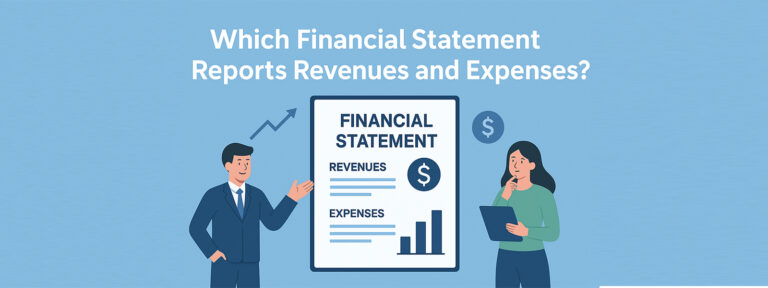For businesses, travel means opportunity, but it also introduces layers of financial complexity. The constant back-and-forth between finance teams and employees trying to justify every meal or taxi ride the process a drain on time and productivity. For many companies, manual expense tracking has turned business travel into a logistical maze, one that automating expense reports is finally starting to solve.
This guide walks you through the best mobile travel expense tracking apps for businesses, and how they help companies save time, stay compliant, and keep every dollar accounted for, no matter where their teams are present.
Why Use an Expense Tracker App?
To make financial management effortless.
Why? Because even the most organized person can lose sight of daily spending between multiple bank accounts, subscriptions that renew quietly in the background, random card swipes, and multiple payment apps.
Expense tracker apps bring structure and clarity to your financial life; going far beyond simple record-keeping. They automate your spending data, sync with your bank accounts, and turn your spending history into clear, visual insight so you can make better financial decisions.
This way, you get an overview that helps you understand not just how much you spend, but where and why. That level of transparency is valuable to everyone, from individuals trying to manage personal budgets to businesses tracking reimbursements and team expenses. Let’s take a look at the high-value expense tracker apps people are turning to in 2025, and how they compare.
Expense Tracking Apps for Businesses
As companies grow, expense management often slows down and becomes a bottleneck. Therefore, they need more than just a record of what’s spent, but systems that provide visibility, control, and accountability.
The following are three expense tracker apps that are business-focused:
A- ExpenseVisor
At its core, ExpenseVisor removes the friction from expense management by bringing everything into one clear, automated system. Its DocScan feature takes the pain out of receipt tracking. All you need to do is take a photo, and the platform instantly extracts key details like vendor name, date, and total amount.
Moreover, it automatically categorizes each expense, detects duplicates across 150 currencies, and flags policy violations before submission. This translates into fewer errors, no missing data, and a smooth reporting process every time.
Once the receipts are uploaded, Expense Visor automatically builds reports based on what’s been scanned. No manual entry or matching is required as everything is already organized. Finance teams save hours, and individuals get an instant overview of their spending without uncertainty.
Designed for Businesses That Need Structure
Expense Visor keeps everything structured, accountable, and efficient from the start:
Spend Pre-Approval ensures that every purchase is reviewed before it’s made. How does that work? Employees can send quick requests, and managers approve or decline them in real time. This keeps budgets under control and eliminates last-minute “surprise” expenses at the end of the month.
Workflow Bump automates follow-ups so nothing gets stuck in the queue. When a request or report sits idle too long, the system automatically escalates it or sends a reminder, keeping operations moving without constant manual chasing. The result? Faster reimbursements, more efficient accounting, and happier teams.
The Executive Assistant feature is designed for organizations where assistants handle expenses for executives. It lets assistants create, organize, or submit expenses while keeping final approval locked with the executive. This keeps convenience high without compromising control or data security, providing a balance between access and authority.
The Vendor Spend Analytics gives deeper insight into where money actually goes. It groups expenses by vendor, revealing spending trends and helping identify which suppliers cost the most. This allows businesses to negotiate better rates, consolidate purchases, and make decisions based on real data, not assumptions. For finance leaders, this means turning raw expense data into actionable business intelligence that saves real money.
Each feature works toward one goal: keeping spending transparent and aligned. Even on the go, the mobile app keeps you connected. You can capture receipts, categorize expenses, and the system syncs automatically once you’re back online. Expense Visor grows with you instead of forcing you to switch platforms later; it’s a complete financial partner.
In terms of pricing, Expense Visor follows a transparent subscription model that adapts to your team size and workflow. The Premium plan starts at $7 per user per month, with a minimum spend of $75, offering automation, receipt scanning, and seamless expense reporting for small to mid-sized teams. For larger organizations managing multiple departments or requiring corporate card integration, the Premium+ plan provides advanced controls, custom integrations, and dedicated support available through a tailored enterprise quote.
B- Rydoo
Rydoo caters best to companies that operate remotely/ across borders. The app is designed for speed and scale; expenses are processed the moment they happen.
Employees can scan receipts on the go, submit claims instantly, and get manager approvals within hours instead of days. The system syncs directly with accounting and ERP platforms, including SAP, Microsoft Dynamics, and NetSuite, making reconciliation effortless.
Rydoo compliance engine adjusts to local tax and per diem regulations automatically. It suits organizations with frequent travel, distributed or remote teams who need expense control across multiple currencies and policies.
Pricing starts at €8 per user per month for the Essential plan and €10 for the Pro plan when billed annually. Monthly billing costs €10 and €12 per user per month, respectively. Enterprise plans are customized for larger organizations.
C- Rippling Spend
Rippling Spend is a spend-management solution for growing businesses looking to streamline their financial operations. Built into the Rippling platform, it unifies corporate cards, expense reporting, bill payments, and payroll under one roof.
Pivotal features include customizable approval workflows, real-time visibility into spend, and automated policy enforcement to keep spending compliant and efficient. It also supports multi-currency global reimbursements (in 100 + countries) and integrates with major accounting tools such as QuickBooks and Xero. Pricing is customized based on company size and needs; you’ll need to contact Rippling for a quote.
By giving finance teams complete visibility and control, it eases corporate financial planning, helping companies allocate budgets strategically and make smarter, data-driven financial decisions.
Expense Tracking Apps for Individuals
A- Simplifi (by Quicken)
Developed by Quicken, Simplifi is an expense tracker app that connects directly to your bank accounts, credit cards, and investment portfolios, gathering everything into one real-time dashboard. Furthermore, you can set spending watchlists, categorize transactions, and create savings targets while the app updates progress automatically. In addition to that, you can add timely reminders for upcoming bills and spending limits, small but effective tools for staying financially aware.
Visually, the interface is clean and straightforward. Its mobile and desktop experiences are equally responsive, which makes managing finances feel like a routine task rather than a chore.
However, Simplifi pricing is around $5.99/month. It should be suitable for individuals who want a modern alternative to Mint, combining simplicity with enough data insights to support long-term financial planning.
B- PocketGuard
PocketGuard is one of the most user-friendly expense tracker apps. The app’s signature feature, “In My Pocket,” shows how much disposable income you have after you’re done paying for bills, subscriptions, and savings goals. It’s a simple way to stay ahead of your daily spending so as not to dip into money meant for other priorities.
Besides that, it automatically links to your accounts, categorizes transactions, and identifies recurring expenses so you can spot habits and cut unnecessary costs. Its visuals are simple charts, colors, and summaries, so the financial data is digestible even for beginners.
While PocketGuard offers a free plan, its PocketGuard Plus version offers deeper insights like custom categories and cash tracking, at $6.25/month. There are no intrusive ads, keeping the experience focused on clarity and control.
C- Goodbudget
Goodbudget has the classic envelope budgeting system, just without the paper part. Instead of physical envelopes, you assign money into digital “envelopes” for things like groceries, rent, or travel. And once the envelope runs out, that category’s spending stops there to keep you disciplined and intentional. It isn’t built to automate every detail, but to keep you mindful of every dollar.
Goodbudget is preferred for hands-on budgeting, which makes it an especially useful expense tracker app for couples, small households, or even teams who share expenses and want to budget collaboratively.
The app offers a free plan with basic envelopes and device syncing, while the Plus plan unlocks unlimited envelopes, multiple accounts, and real-time syncing for around $10 per month. Goodbudget may not have the automation depth of platforms like Expense Visor, but for people who want full control, visual clarity, and a budget they can literally “feel” working, this one hits the mark.
D- Monefy
Monefy is a free expense-tracker app aimed at people who prefer to enter transactions manually and keep a clear, visual overview of their spending. All you do is tap the “+” button, choose a category and amount, and instantly see charts that reveal your spending patterns.
While the free version covers basic tracking well, upgrading unlocks features like unlimited categories, device syncing via Google Drive/Dropbox, and multi-currency support. It doesn’t offer automatic bank-feed integration or advanced analytics like some business solutions, which makes it perfect for users who want simple, distraction-free budgeting.
How to Choose the Right Expense Tracker for You?
The answer varies, as choosing the right expense tracker depends on how you manage money, what you want to achieve, and how much time you’re willing to spend doing it. Keep in mind the following factors before opting for one:
- Understand your goal: Are you tracking personal spending or managing business expenses?
- Check if it’s simple and quick to use daily.
- Look for automation: Choose one that links to your bank or cards to auto-track spending.
- Review features: Make sure it offers what you need, like reports, tags, or shared access.
- Check data safety: Always choose apps with strong privacy and encryption.
- Consider cost: Free plans work for basics, but paid ones may offer more control and insights.
FAQs;
What is the best expense tracker app in 2025?
ExpenseVisor stands out in 2025 for its automation, real-time reporting, and business-ready expense tracking features.
Are expense tracker apps safe to use?
Yes, most expense tracker apps use bank-level encryption and secure cloud storage to protect your financial data.
What is the best expense tracker app for businesses?
ExpenseVisor and Rydoo are top picks for businesses, offering automated approvals, policy checks, and analytics.
What is the best expense tracker app for individuals?
Simplifi and PocketGuard are ideal for individuals who want to track spending, plan budgets, and set savings goals.



